Nikon Q&A @ CP+ 2015: The mirrorless future, wavefront-based lens design, the D750 fix and more
posted Wednesday, February 18, 2015 at 6:56 PM EST
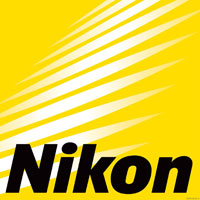
In my second interview from CP+2015, Nikon execs talk about their view of mirrorless, their responsibility to innovate, wavefront-based lens design, the D750 flare fix, and of course the inevitable question about 4K. I spoke with Mr. Tetsuya Yamamoto, Corporate Vice President, Sector Manager, Development Sector, and Mr Toru Uematsu, Section Manager, Communications Strategy, Sales and Communications Strategy Department, Marketing Sector, both with the Imaging Business Unit at Nikon Corp. in Tokyo. Thank you to both gentlemen for their time, at a busy international trade show!
(As always, we've done some editing to the dialog to remove conversational glitches and make the text scan better. Places where we've inserted a word or changed the phrasing that the interpreter was using are enclosed in square braces. Comments of my own that are interpolated are enclosed in square braces and italicized.)
Dave Etchells/Imaging Resource: Thank you very much for your time. I guess the first question to ask is, how do you see the mirrorless market changing and evolving?

Section Manager
Communications Strategy
Sales and Communications Strategy Department
Marketing Sector
Imaging Business Unit
Nikon Corp.
Toru Uematsu/Nikon Corp.: As for mirrorless, we call it ACIL, or advanced camera interchangeable lens. The interchangeable market has been growing, and we are aware of that trend. This is indeed an important market.
But on the other hand, if we look at the market, there are other players who are selling mirrorless cameras as well, including Sony, Olympus, and Panasonic. The market situation has become intense, and competition has intensified more and more, including price competition. Because of this reason, our current models, including the Nikon J4 and Nikon S2, are struggling in seeing sales growth. We have taken various measures to address this trend.
However, the Nikon V3 model, which is catering to [the category of] "high amateur and above" users, was launched in March of last year, and this has been enjoying positive response from those users. In terms of price and specification, this is the model catering to high amateurs. Also, as GFK data [for the last calendar year] suggests, in the worldwide interchangeable camera category, mirrorless now accounts for close to 30%. This means that mirrorless is going to be a more and more important category for us.
DE: The Nikon 1-series have enjoyed some success. In the US, I think they actually did a great deal to raise awareness of the mirrorless category overall, but it's our sense that the 1"-type sensor has been holding them back some. I wonder, do you see your mirrorless offerings evolving to include larger sensor sizes, or will APS-C and larger always be reserved for SLRs?
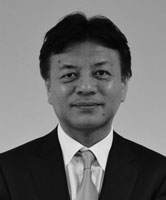
Corporate Vice President
Sector Manager
Development Sector
Imaging Business Unit
Nikon Corp.
Tetsuya Yamamoto/Nikon Corp.: The concept of developing the Nikon 1-system is to make a smaller and lighter system, including the lens. I think the current sensor size is the best answer, as we decided [when we first created the 1-series]. Also, in the movie segment, camcorders use smaller sensors, but we consider Nikon 1 as a [competitive] system, and we will continue to add new functions to make mirrorless a better system as one whole series.
Also, [from the beginning through the present], we have not received any complaints from users in terms of image quality. So what we have to consider is how we can showcase the benefit of this system. This is what we need to do going forward. We are aware that other competitors are using bigger sensors for mirrorless. For mirrorless cameras, we consider mirrorless is part of our camera system. So we will continue to develop the Nikon 1 as one of the camera architectures. Because the current sensor, I think, is a new value that can be added to the user -- that's why we chose to use the current size.
[Ed. Note: It's hard to imagine that they've received *no* complaints about image quality; this is the Internet Age, after all. I take the comment to mean that user response hasn't led them to believe that image quality is resulting in lost sales for the series.]
DE: So you think it offers sort of a different value proposition than the larger sensors.
TY: This is one of the areas where we can differentiate the Nikon 1-system. We recently announced the Nikon D5500 DSLR, which has been on the market since early February...
DE: Yes, and it's very compact for a DSLR.
TY: And also lightweight.
DE: ...but the much smaller size of the Nikon 1 differentiates it even from small SLRs like the D5500.
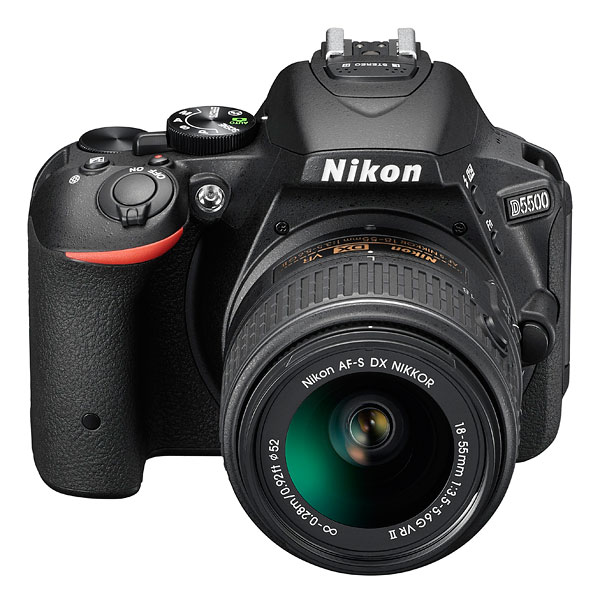
TY: So that means that we have been able to make a smaller system including lens.
DE: …and that differentiates from the rest of the market.
TY: And also, the 1-series has very high-speed readout.
DE: Yes, very fast.
TY: I think the readout function is critical for movie capture.
DE: Yes, the high-speed readout allows full-sensor data to be used for the video, improving quality.
[Ed. Note: In the above, they seem to be using "differentiate" not only to mean relative to other competitors, but also within Nikon's lineup itself. Their feeling seems to be that if people want a larger sensor, they have larger bodies to support that. While there are compact full-frame products like Sony's A7 series on the market, Nikon feels that th portion of their user base interested in (for instance) a full-frame body aren't sensitive to body size to the extent that they aren't willing to accept the larger body sizes as part of the bargain.]
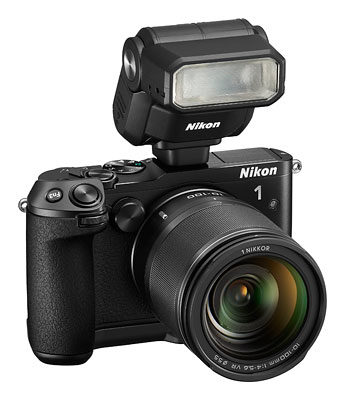
DE: Ten years from now, what do you think the balance will be between mirrorless and SLR? [laughter] You may need a crystal ball, right?
TU: This is actually a difficult question to answer, because nobody knows what the percentage will be in the future, ten years out. This is just based on our guess. However, as I said earlier, the DSLR market has been shrinking, whereas the mirrorless market is growing. That means we may see, in the future, that mirrorless market may grow compared to now, and the percentage will be higher than now.
Our main category is DSLRs, but of course, the Nikon 1-series is important. The SLR market size has been flat; it's not growing at this moment. But if we can successfully add new functions to our DSLRs, we might see the market grow in the future. There may be a possibility.
So although I can't say how much it will grow, and how much the percentage will be of SLR versus mirrorless, I cannot tell exactly, but we hope and believe we can still see a stable market size, even in the SLR segment.
DE: So you're optimistic about SLRs, and think by adding features to them, bringing new value you can maintain or increase sales.
TU: Actually, no: We can't say we are optimistic about the future of SLRs -- that's not really the case. However, the SLR market is important for us, and the mirrorless market is important as well. We don't believe that we will see a situation next year where the SLR market size will be halved. That will not happen. And we will continue to do the utmost to make our customers happier with our SLRs.
DE: Have some people predicted SLR's would be half next year?
TU: No, no, no.
DE: That's just an example that no, you don't think that's going to happen. Right.
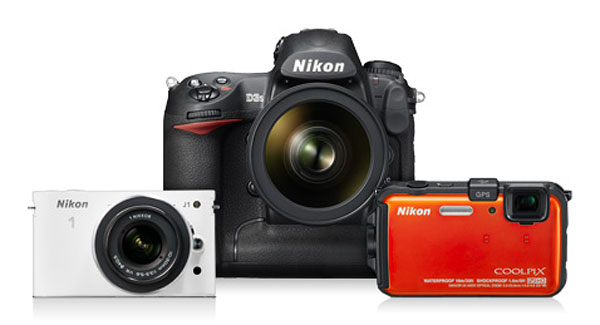
TU: So generally speaking, we consider the [overall] market as the market for cameras with interchangeable lenses. This is how we view the market as a whole. And in this market, we have users, and usually they cannot see what they actually need. So we have to visualize [it for them], and we have to showcase what the users potentially need.
So this can be said for DSLRs: We have to consider, and we have to keep considering what we can offer as value, although the customers have not seen the value or [how it fits] their potential needs.
DE: That sounds very much like Steve Jobs and Apple. He said that you don't create new products or innovate by having focus groups, because the people in the focus groups don't know what's possible, or don't know what new things they might be able to do. So yours is a very similar view here.
TU: Actually, I have been a big fan of Apple, and I still remember what Steve Jobs said in the past. He said something like, 'originally invention is just invention. But invention becomes innovative, this is when the invention is closely linked to the market.'

DE: Switching to talking about lenses, what do you see as your primary challenges with lens technology? What sorts of things are made possible by recent technical advances you've made? For instance, have larger diameter, molded aspherics permitted higher performing wide angle lenses? Or have there been advances in extra-low dispersion glass that yield better performance at the tele end? Really, the ultimate question is just this: Where do you see the primary challenges?
TY: One of the challenges that we are facing is how we can maintain high performance, but make the lens smaller, so the customer can see it's easy to carry. For example, the method that we used to adopt for camera lens design was light ray aberration. Now, we are using a wavefront aberration method in designing camera lenses.
DE: Is that for chromatic aberration, or just any aberration?
TY: [gesturing to a diagram he'd just drawn on a napkin, see the illustration further down] Here's the light source and lens, and the focus point. The old design rules are using light rays. Then the new designs are based on wavelength.
DE: Wavelength separation.
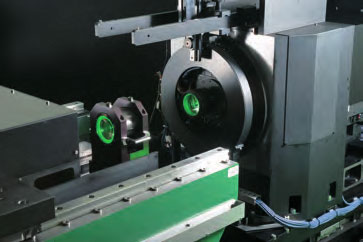
TY: You can find an explanation on our Nikon corporate website. We have some special content about this technology. Two years ago, we introduced OPTIA -- Optical Performance and Total Image Analyzer -- our lens design technology.
DE: Very interesting.
TY: So by doing this, we can evaluate a characteristic of many different lenses all at once. In other words, we can see the data from different perspectives, like bokeh characteristics and MTF, etc.
There are some kinds of lens that we cannot appreciate only by the indicators, or in this case the numbers that are shown by the data. There's something more that can be realized by the lens, but it cannot be measured by numbers. For example, a lens that we have just launched recently, the AF-S NIKKOR 300mm f/4E PF ED VR lens, this is the product of the application of this wavelength aberration that I just explained, and we made the lens smaller by applying Phase Fresnel technology.
DE: Oh, Phase Fresnel, yeah. So when you're talking about this wavelength design, that's Phase Fresnel?
TY: Under the conventional lens, maybe you can…
DE: I think I understand. Opposite dispersion, right? And so…
TY: Opposite, that's why.
DE: The dispersion, the focus order of the wavelengths is different. So if you combine that with regular glass, you can bring all the colors into focus at the same point.
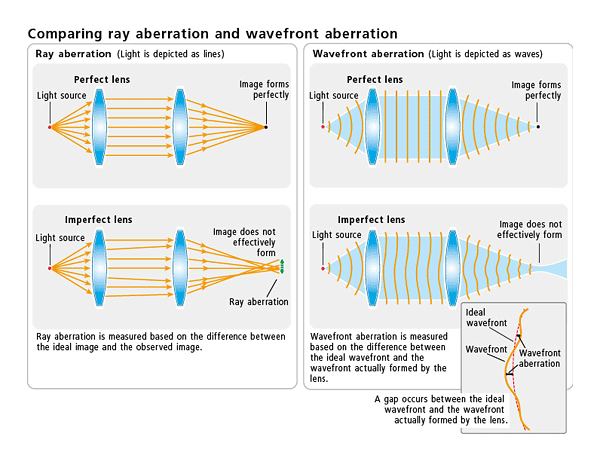
A long, explanatory diversion about OPTIA and wavefront-based lens design
I was completely off on the wrong tangent above with the whole OPTIA/wavefront analysis thing; it has nothing to do with diffractive optics per se. Senior Reviews Editor Mike Tomkins reminded me that we covered OPTIA in late 2013, although there was very little detail available at that point.
The diagram above mirrors the one Yamamoto san sketched on a napkin, and illustrates a bit of what he's talking about. First, by way of background, OPTIA apparently comes out of their R&D for projection lithography systems for the semiconductor industry. These lens systems have to hold tolerances on the order of tens of nanometers (billionths of a meter), across fairly large areas. Research to support this led to the development of OPTIA, which applies wavefront-measurement techniques to a broader range of visible light wavelengths.
OPTIA apparently consists not just a lens measurement system, but also a sophisticated optical simulation program that models the wavefront of light as it moves through an optical system.
Normal optical design systems model light as straight rays, which are bent more or less by the lens elements, also taking into account reflections from lens surfaces. This is fairly straightforward to do, but gives a limited view of what's happening inside the lens. It will predict focus and MTF behavior pretty well, and flare behavior to the extent that the lens coatings are well characterized. (Actually, most systems can't model flare produced by internal reflections off non-optical parts of the lens assembly like the various barrels, cams, and lens-element support structures. Sigma's in-house-developed system does so, but to the best of my knowledge, most do not.)
What conventional ray tracing-based optical models can't show is how the wavefront of the light changes in response to the lens elements. While the angles of refraction are governed by light's wave behavior, ray tracing in some ways treats light as photons, and just follows their path through the system. Another way of describing it is that conventional ray-tracing deals with light amplitude but not phase.
With the OPTIA modeling software, though, Nikon can see what happens to the wavefront as it passes through the lens system. In a sense, they're seeing both amplitude and phase behavior. The result is that optical aberrations that wouldn't be visible in ray-tracing software will appear as distortions of the wavefront.
I think this is what Yamamoto san was getting at, when he was talking about not being to appreciate certain lenses based on the numbers. What I think he meant was that there are things that go on in the lens (and that may be more important with certain types of lens designs) that don't translate easily into MTF, contrast, chromatic aberration, and other conventional ways of characterizing the lenses.
Wavefront design gives an entirely different view of the behavior of a lens, in ways that may be hard to translate into conventional measurements. In other words, Nikon knows what a "clean" wavefront should look like as the light moves through the lens, so any little bumps and wiggles in obviously represent deviations from theoretical perfection. By working in that domain, Nikon's engineers have much more powerful tools for tweaking their lens designs to more closely approximate the optimum.
What I find particularly interesting here is that this is all based on physical behavior, not "golden ears" as in the high-end audio world, or if you will "golden eyes" in the photographic one. It has the potential to reveal not just the results of optical problems, but their exact source within the lens system, so they can be corrected.
I'm not sure I'm explaining all this correctly, but to the extent of my limited understanding, wavefront-based lens design looks like a whole new level of optical engineering technology. It's going to be interesting to see how it plays out in Nikon's future lens releases. Now, back to the interview...
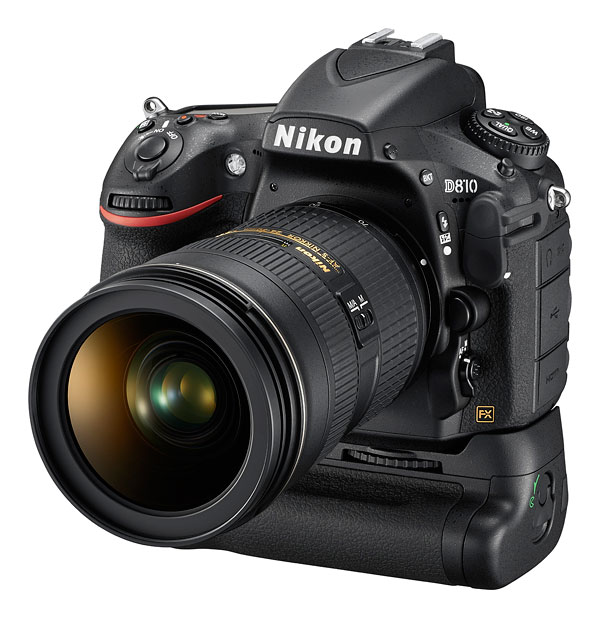
TY: So we were able to make the smaller lens by these combinations. Also, the customer is looking for higher and higher definition. So this is why we need to keep working on things, to improve lens performance, lens quality. But this cannot be resolved by only improving the lens. We have to do something more about the body, too, like the Nikon D810.
DE: Like the D810, with a higher resolution sensor?
TU: And a more accurate autofocus system.
DE: Oh, and the focusing system has to be more accurate, yes.
Can you share anything about what your lens roadmap looks like? I know I can't ask for specifics, but other manufacturers with large collections of lenses from the film era are redesigning many of them to meet the needs of digital -- But on the flip side, you also want to make new lenses. What's the tradeoff for you? What's the balance between updating versus making entirely new designs?
TY: For updating existing, conventional lenses, we will see higher demand in terms of high definition, compared to the film age, because we are seeing more and more digital cameras. So in this sense, we will continue updating existing lenses. I referred to the Optia technology earlier. This [reveals] a lens characteristic that we didn't see in the past, but we also cannot completely deny the past features that we used to enjoy. There are some ways that even the old lens has value. So we have to think about what we can do with the lenses that have been developed a long time ago by applying new methods.
DE: Ah, yes; I hadn't thought of that aspect. Some people may appreciate certain characteristics, and so they may not want it to be a lot sharper or something. They may not want it sharp in the corners. They like the way the lens is, even its imperfections.
TY: For example, the Leica lenses are very old, but still some people appreciate them.
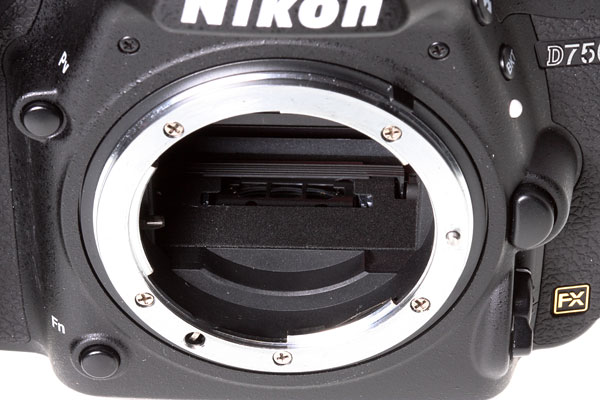
DE: Yes... We're running low on time, so let me skip several questions to talk about the D750. We were very pleased to see that Nikon so quickly developed a program for dealing with the internal reflection issue. The issue seemed to have to do with the mounting height of the AF system lenses, relative to the bottom of the mirror chamber. I'm surprised that you could actually move those that much and still have the autofocus work. Is the adjustment a matter of just adjusting something with a screwdriver, or do you have to put spacers in? What's the nature of the fix?
TY: The issue that we encountered with this was the internal reflection within the camera, which looked unnatural in some cases depending on the scenes. What we did is that we worked to minimize internal reflection as much as possible. We actually adjusted the position of the AF sensor in the camera, and also we added additional anti-reflection parts at the rear.
DE: Oh, additional parts also! Yes. I know there's a little flap that comes down behind the AF elements as the mirror raises; so you've added other parts to block reflections?
TY: Yes.
DE: And I'm sure it's the case, but has the production process now been changed, so in any new cameras produced, the problem's been fixed.
TY: Yes.
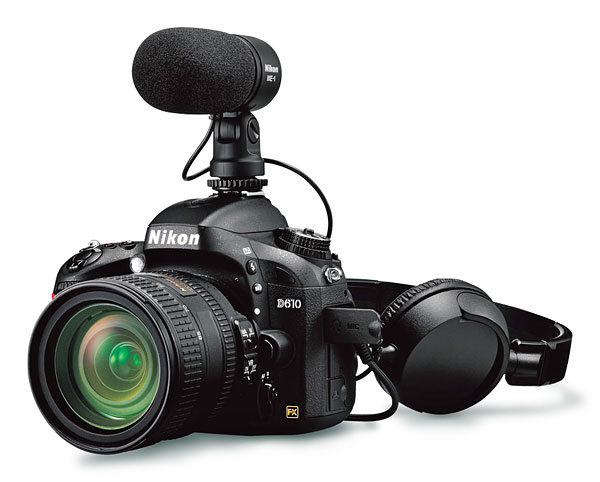
DE: I have so many more questions, but we're running out of time. Maybe I'll ask about 4K video: There's been a great deal of attention in the market, and an interest in 4K video, but so far Nikon hasn't provided that feature. Do you see that coming in any near term? Or do you take the view that it's hard to use 4K video, there aren't yet other parts of the tool chain, or even people having 4K TVs. So maybe as a result of that, do you see 4K as something in the future? In what time frame do you think 4K becomes essential?
TY: I think 4K has been applied in TV, but I think in terms of content and infrastructure, 4K is too early; it's not enough. I visited the CES show this January, and I looked at 4K. I saw that, compared to last year, speed has improved. [Ed. Note: Perhaps in reference to screen refresh rates?] So we want to closely monitor the developments, and we want to think about what is the best time to market.
DE: We're actually out of time now, so you could answer more, but I don't want to take your time. Thank you very much.
TY: Thank you.